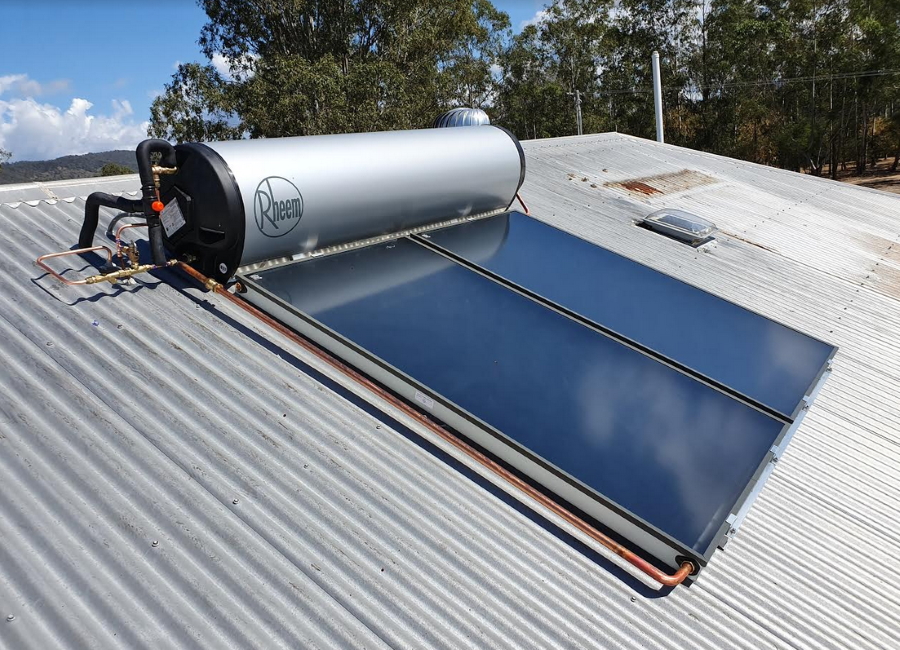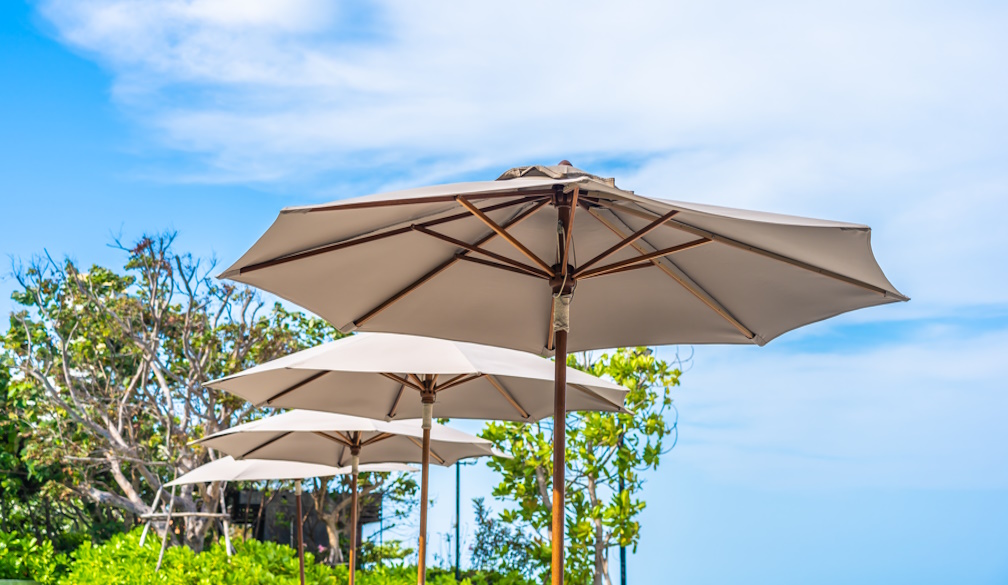Do You Know How The Solar Heating System Works?
- Written by News Company

You must have heard about the solar heating system, which is not a new mechanism. But do you know how it works? This article will show you that it is more uncomplicated than you might think. In addition to being simple, the solar heater is good for your pocket. It helps to reduce the cost of the electricity bill and especially for the planet, as it is a more sustainable option.
This system consists of two essential items: the solar collectors and the thermal reservoir for water storage. In some installations, the use of water circulation pumps in solar collectors is required.
Understand the role of these two features for solar heating at JR Gas and Water's solar hot water systems.
-
Solar Collector
It is formed by an external box, usually made of aluminum that holds the other items. The thermal insulation of the box can be of various materials; one of the most suitable is glass wool. This mechanism aims to create a kind of "greenhouse effect" - like a heat storage oven.
There are also interconnected tubes made of copper, through which water flows into the collector. It is also composed of an absorber plate, also known as fins. The fins are responsible for the absorption and transfer of solar energy to water.
Another item that makes up the collector is the transparent cover, usually made of glass, which allows solar radiation to pass through and minimizes heat loss. All of these components have special seals capable of isolating the system from external moisture.
-
Thermal Reservoir
The inner body can be made of various materials such as copper or polypropylene, but the most used is stainless steel. It has thermal insulation, usually in expanded polyurethane, and next to the reservoir, it is possible to have electrical resistance, a kind of heating aid. It helps keep you warm during cloudy and rainy periods.
-
The Water Heating Process
With these two essential components, water heating occurs as follows: The cold water box supplies the thermal reservoir. This, in turn, powers the solar collector. The solar collector absorbs solar radiation and transfers heat from the sun to water, which is returned heated to the thermal reservoir where it is stored. There, it is ready to be distributed to points of your home or business.
-
The Water Circulation Process
But how does water circulate in the system? The most common solar heating system installation in a home is a thermo-siphon or natural circulation type. This works without the need for pumps to transport water from the collector to the reservoir.
Since hot water is less dense than cold water, it gets pushed, generating a natural cycle in the system. Inside the reservoir, hot water accumulates at the top, while cold water remains at the bottom until all the water is heated.
It’s recommended to install an auxiliary system next





